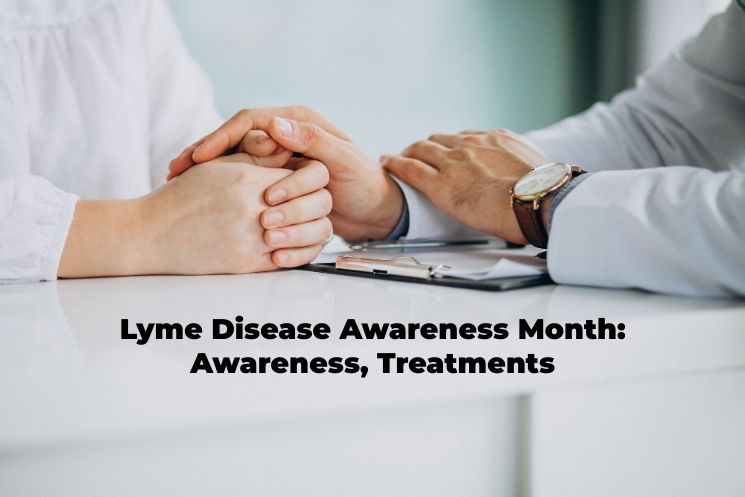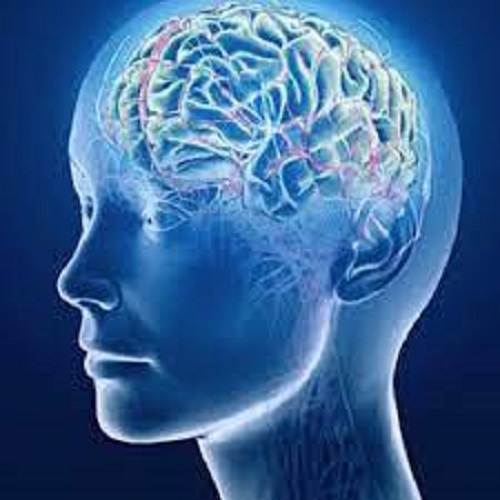May is Lyme Disease Awareness Month, dedicated to raising awareness about this tick-borne illness that affects thousands of people each year. Lyme disease is a significant health concern worldwide, and understanding its symptoms, conventional treatments, and understanding biomagnetism can empower those afflicted with this condition to seek the best possible care for their well-being.
About Lyme Disease
Lyme disease is an infectious sickness caused by the bacterium Borrelia burgdorferi and transmitted primarily through the bite of infected ticks, commonly known as deer ticks. It can lead to various symptoms, ranging from mild to severe, affecting multiple body systems if left untreated.
The signs and symptoms of Lyme disease
Being able to recognize the signs and symptoms of Lyme disease is crucial for early detection and timely treatment.
1. Tick Exposure:
The first step in identifying if you may have contracted Lyme disease is to consider whether you’ve been exposed to ticks. Have you recently spent time in grassy or wooded areas, or have you been in contact with animals that may carry ticks? If yes, it increases your risk of contracting Lyme disease.
2. The Early Stage – Early Symptoms:
Lyme disease typically presents in stages, and in the early stage (within 3 to 30 days after a tick bite), you may experience flu-like symptoms, such as:
Fever: You may have a mild to moderate fever, which means your body temperature is higher than normal.
Headache: Persistent headaches that don’t seem to go away with common remedies can be a sign of Lyme disease.
Fatigue: Feeling excessively tired or fatigued, even after getting adequate rest, might indicate Lyme disease.
Muscle and Joint Aches: You may experience pain or discomfort in your muscles and joints, similar to what you feel during the flu.
Swollen Lymph Nodes: The glands in your neck, armpits, or groin might become tender and swollen.
Skin Rash: One of the hallmark signs of Lyme disease is a circular, red rash that appears like a bull’s eye around the tick bite area. However, not everyone develops this rash, and it’s essential to be aware of other symptoms as well.
3. The Later Stage – Advanced Symptoms:
If left untreated, Lyme disease can progress to later stages and cause more severe symptoms, including:
Severe Joint Pain: Joint pain may become more pronounced and spread to various parts of the body.
Neurological Issues: You might experience symptoms like numbness or tingling in your hands or feet, difficulty concentrating, memory problems, or facial paralysis.
Heart Involvement: In rare cases, Lyme disease can affect the heart, leading to palpitations or irregular heartbeats.
4. Seek Medical Attention:
If you experience any of the above symptoms, especially after tick exposure, it’s essential to seek medical attention promptly. Lyme disease is treatable, and early diagnosis and treatment can prevent the disease from moving to more severe stages.
Conventional Treatments for Lyme Disease:
Detecting the illness and getting treated early on is essential for managing Lyme disease effectively. Conventional treatment typically involves the use of antibiotics to eliminate the bacteria. The choice of antibiotic and treatment duration depends on the stage of the disease and the patient’s health condition.
For individuals diagnosed with Lyme disease in the early stages, a short course of antibiotics is usually sufficient. However, in more advanced cases or those with lingering symptoms, a more extended antibiotic regimen might be necessary.
Biomagnetism, a revolutionary, holistic approach
Biomagnetism, also known as biomagnetic pair therapy, is a revolutionary alternative medical approach that uses magnets to restore the body’s natural balance and promote healing. This holistic therapy involves placing magnets at specific points on the body to create a balanced environment that may inhibit the growth and activity of pathogens like Borrelia burgdorferi. This therapy can help address the underlying pH imbalances contributing to Lyme disease and aid in the body’s natural healing processes.
The Effectiveness of Biomagnetism as an Alternative Treatment:
While conventional medicine remains the primary approach to treating Lyme disease, many patients have explored this therapy to get relief faster and to ensure that they recover fully, and the number of people afflicted with Lyme disease who were healed by this therapy continues to grow day by day.
Why is it important to detect and treat Lyme disease early?
Detecting and treating Lyme disease early is crucial to prevent complications and ensure a full recovery.
1. Preventing Complications:
Early detection of Lyme disease allows healthcare professionals to start treatment promptly. When treated early, antibiotics can effectively kill the bacteria responsible for the infection. By acting quickly, we can prevent the bacteria from spreading to other parts of the body, reducing the risk of severe complications.
2. Managing Symptoms:
Lyme disease can cause various uncomfortable symptoms, such as fever, headache, muscle aches, and a skin rash resembling a bull’s-eye. Early treatment helps manage these symptoms, allowing individuals to feel better sooner and return to their normal activities faster.
3. Avoiding Long-Term Effects:
If left untreated or treated too late, Lyme disease can lead to more serious problems. Some individuals may experience ongoing joint pain and swelling, nerve problems, or heart issues. Detecting and treating Lyme disease early can minimize the risk of these long-term effects.
4. Reducing Healthcare Costs:
Treating Lyme disease in its early stages is typically less complicated and less expensive than treating advanced cases. Early detection can save individuals from undergoing extensive medical procedures and hospitalization, reducing overall healthcare costs.
5. Improving Quality of Life:
Lyme disease can significantly impact a person’s daily life, making it challenging to perform regular activities. Early treatment allows individuals to recover faster, restoring their quality of life and minimizing disruptions caused by the illness.
6. Avoiding Misdiagnosis:
Lyme disease’s symptoms can be similar to other illnesses, leading to misdiagnosis. Early detection helps healthcare providers make an accurate diagnosis and avoid unnecessary tests or treatments for other conditions.
7. Peace of Mind:
Knowing that Lyme disease has been detected and treated early can provide peace of mind to individuals and their families. Prompt treatment reduces the worry and stress associated with a prolonged or severe illness.
Conclusion:
As Lyme Disease Awareness Month continues to be observed globally, it is essential to understand the complexities of this tick-borne illness and its potential impact on affected individuals. Early diagnosis, timely treatment with antibiotics, and preventive measures to avoid tick bites remain the standard of care for managing Lyme disease.



